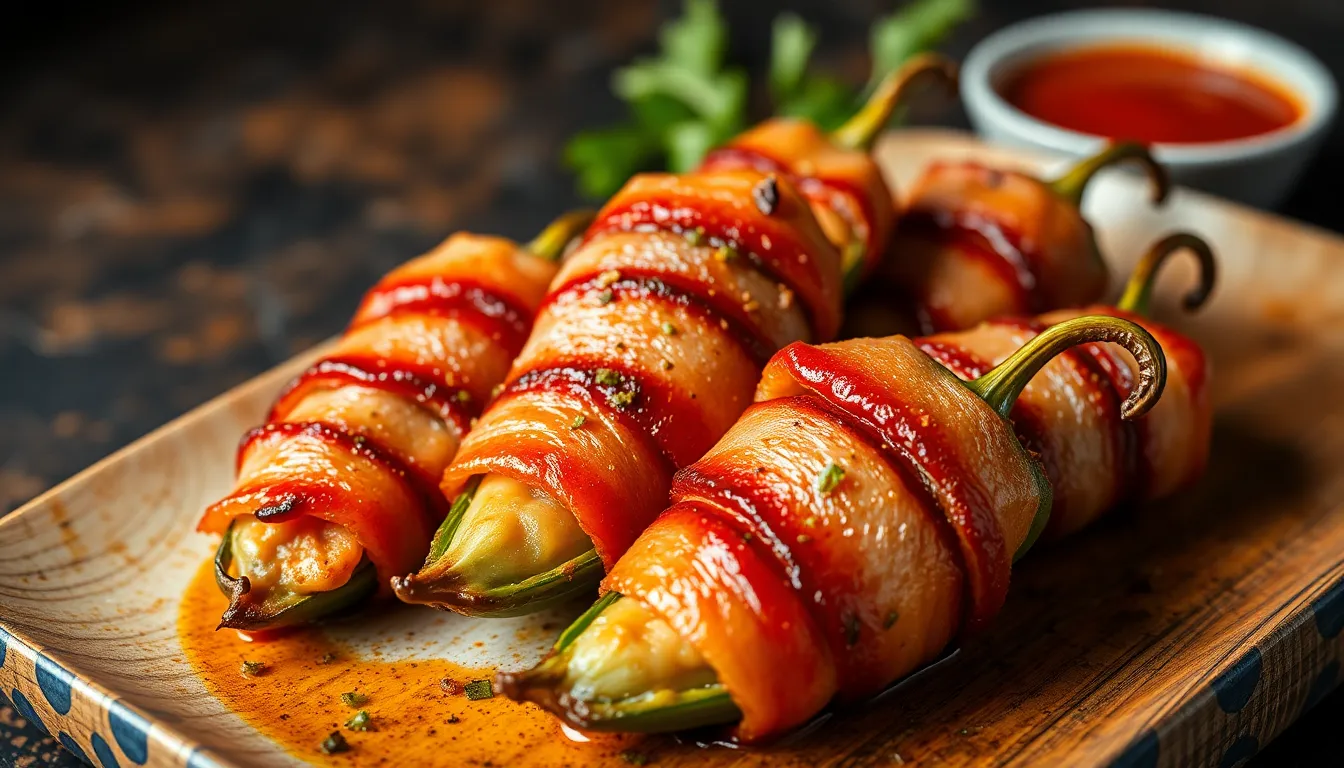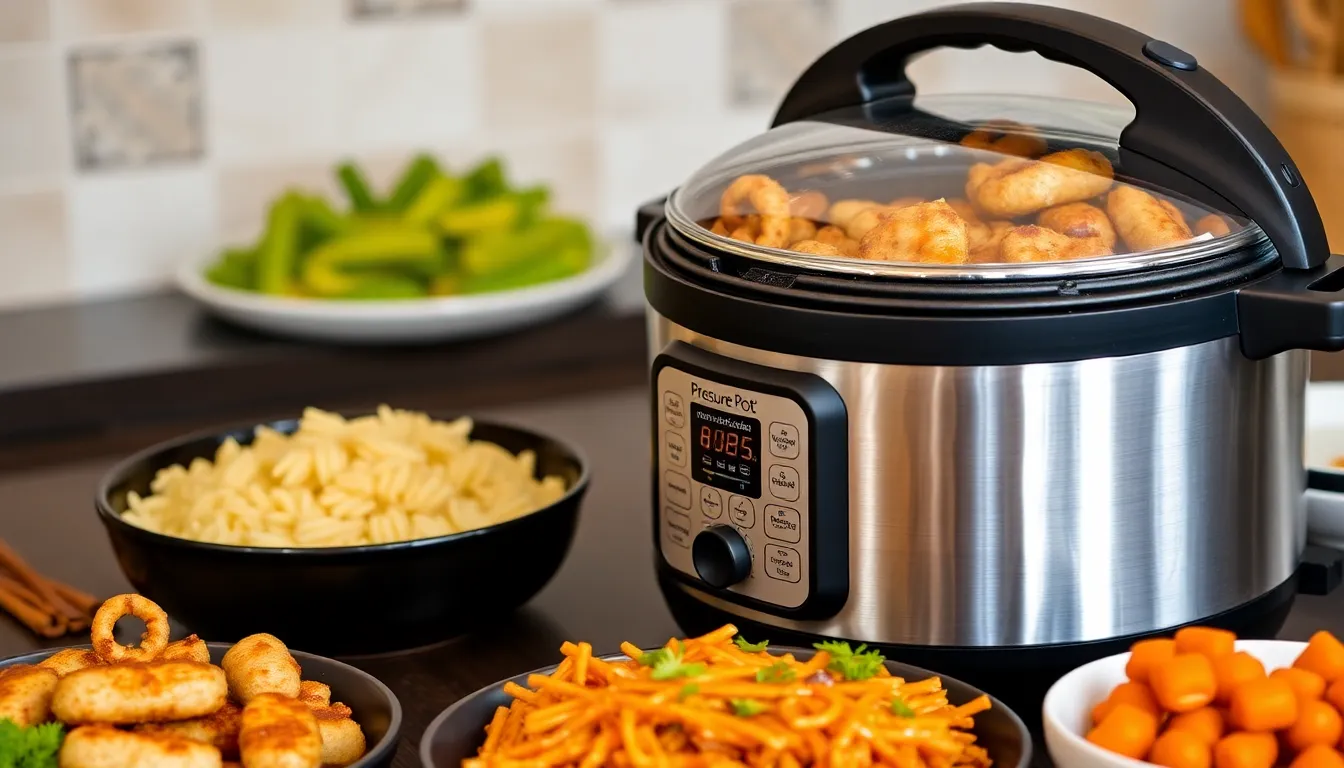The Best Grains for Healthy Aging: What to Include
Introduction
As we journey through life, maintaining our health and vitality becomes increasingly important. A balanced diet plays a crucial role in the aging process, and at the heart of that diet are grains. Whole grains, in particular, are powerhouses of nutrition, offering a wide array of health benefits that can contribute to better aging.
This article aims to highlight the best grains for maintaining health as we age. We will explore how specific grains can enrich our diets, improve our well-being, and keep us feeling our best as the years go by.
Section 1: Understanding Whole Grains
Before diving into the best grains for healthy aging, it’s essential to understand the difference between whole grains and refined grains. Whole grains contain all parts of the grain kernel: the bran, germ, and endosperm. In contrast, refined grains have been processed to remove the bran and germ, resulting in a loss of nutrients and fiber.
Benefits of Whole Grains for Aging Populations
- Nutrient Density: Whole grains are packed with essential nutrients that support overall health, including vitamins and minerals.
- Fiber Content: The high fiber content in whole grains aids digestion and helps prevent constipation, which is vital for seniors.
- Antioxidant Properties: Many whole grains are rich in antioxidants, which can combat oxidative stress and inflammation, common issues in aging.
Section 2: Key Nutrients in Grains for Healthy Aging
Whole grains are not just a source of energy; they also provide essential nutrients necessary for maintaining health as we age. Here’s a look at some of the crucial nutrients found in grains:
- Fiber: Supports digestive health and can help lower cholesterol levels.
- Vitamins: Whole grains are rich in B vitamins (important for energy metabolism) and Vitamin E (an antioxidant that helps protect cells).
- Minerals: Grains provide critical minerals such as iron (for oxygen transport), magnesium (for muscle and nerve function), and zinc (for immune health).
- Antioxidants: Compounds that help fight oxidative damage and promote overall health.
Section 3: The Best Grains for Healthy Aging
Let’s explore some of the best grains that can promote health and vitality as we age:
| Grain Type | Nutritional Benefits | Recommended Serving | Cooking Tips |
|---|---|---|---|
| Quinoa | Complete protein, high in fiber | 1 cup cooked | Rinse before cooking to remove bitterness |
| Brown Rice | Rich in magnesium, supports metabolism | 1 cup cooked | Soak for better texture and quicker cooking |
| Oats | Lowers cholesterol, high in antioxidants | 1 cup cooked | Try overnight oats for an easy breakfast |
| Barley | Promotes gut health, high in fiber | 1 cup cooked | Use in soups and stews for added texture |
| Buckwheat | Gluten-free, high in antioxidants | 1 cup cooked | Great in salads or as a side dish |
Section 4: How to Incorporate Grains into Your Diet
Now that we know which grains are beneficial, let’s discuss how to incorporate them into our everyday meals:
Breakfast Ideas
- Overnight Oats: Combine rolled oats with your favorite milk or yogurt, add fruits and nuts, and refrigerate overnight.
- Quinoa Breakfast Bowl: Cook quinoa and top it with fresh fruits, nuts, and a drizzle of honey.
Lunch and Dinner Options
- Grain Salads: Mix cooked grains like quinoa or barley with vegetables, herbs, and a light dressing.
- Grain-Based Side Dishes: Serve brown rice or roasted buckwheat alongside your main dish for a nutritious boost.
Snacks
- Whole Grain Crackers: Pair with cheese or hummus for a wholesome snack.
- Popcorn: Air-popped popcorn is a great whole grain snack option, full of fiber and low in calories.
Section 5: Special Considerations for Seniors
As we age, certain dietary restrictions may arise, making it vital to consider specific factors when incorporating grains into our diet:
- Gluten Intolerance: Some seniors may develop gluten intolerance or celiac disease, making it essential to opt for gluten-free grains like quinoa and buckwheat.
- Importance of Variety: Incorporating a variety of grains ensures a broad spectrum of nutrients, helping to prevent deficiencies.
- Consulting with a Nutritionist: Seniors should consult with healthcare providers or nutritionists to tailor a diet that meets their individual health needs.
Conclusion
Including healthy grains in our diets is crucial for aging well. They offer essential nutrients that can help maintain our health and vitality. By exploring different grains and incorporating them into our meals, we can enhance our overall well-being.
We encourage you to share your favorite grain recipes or tips in the comments section, and let’s inspire one another to embrace a healthier lifestyle!
Call to Action
If you enjoyed this article and want more health-focused recipes and tips, subscribe to our blog for regular updates. Don’t forget to follow us on social media for daily inspiration on healthy eating and cooking!




